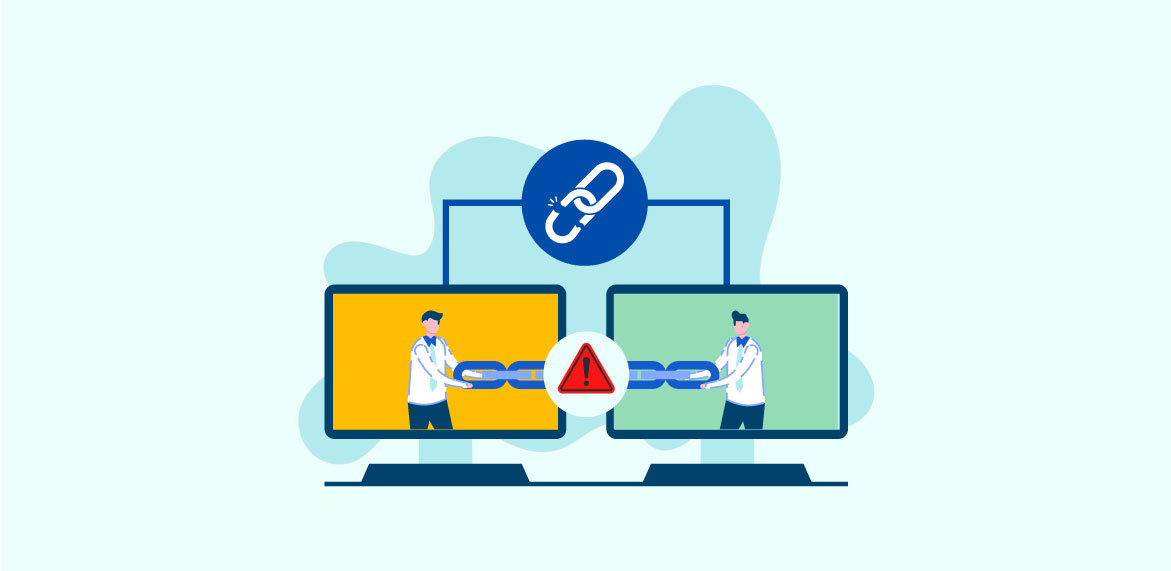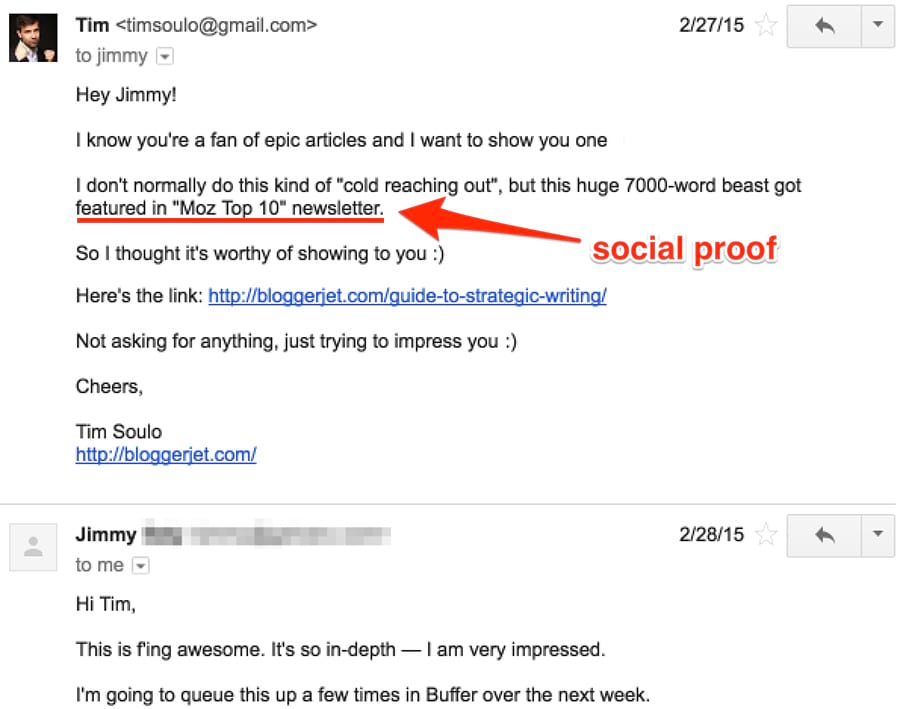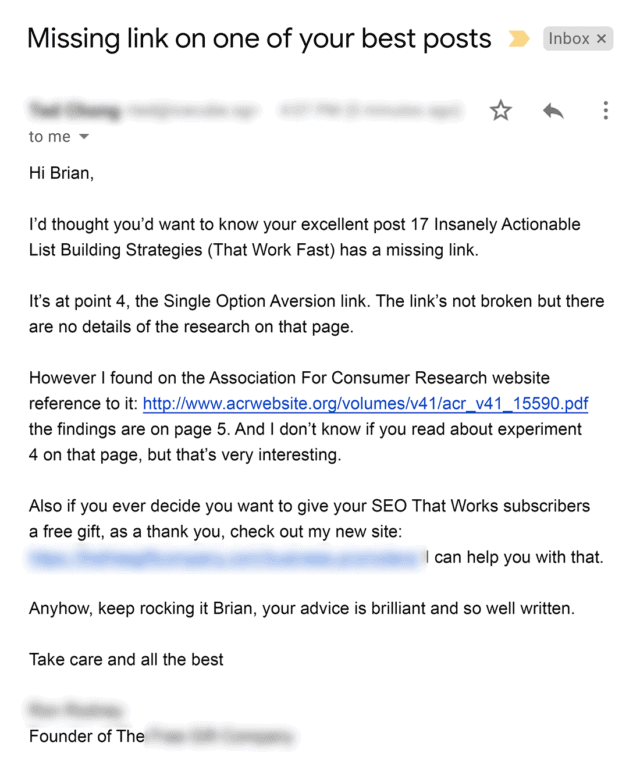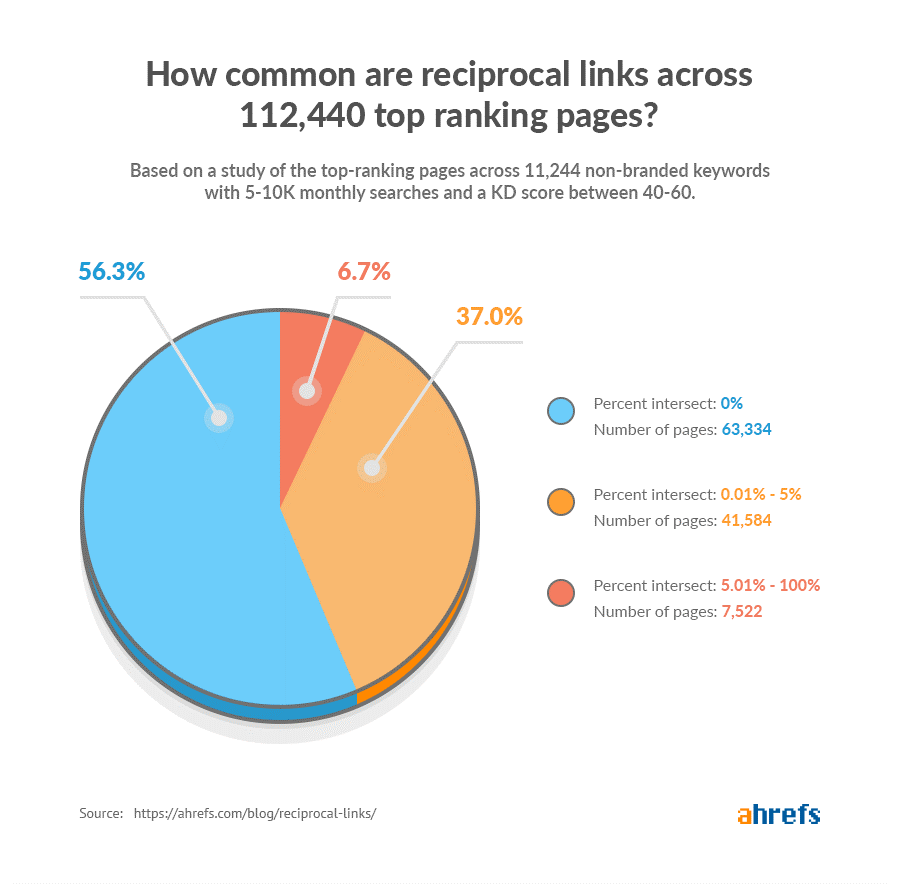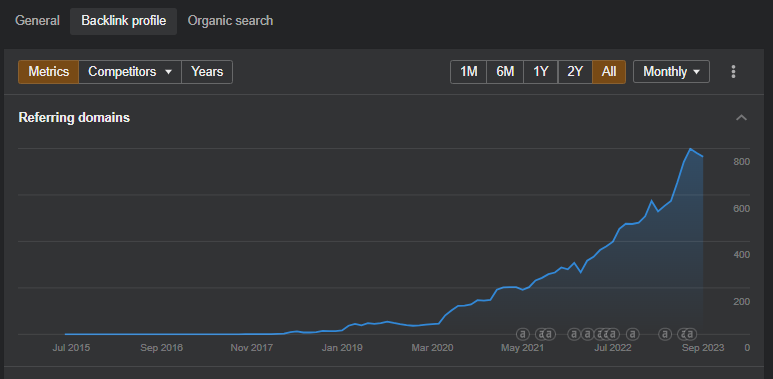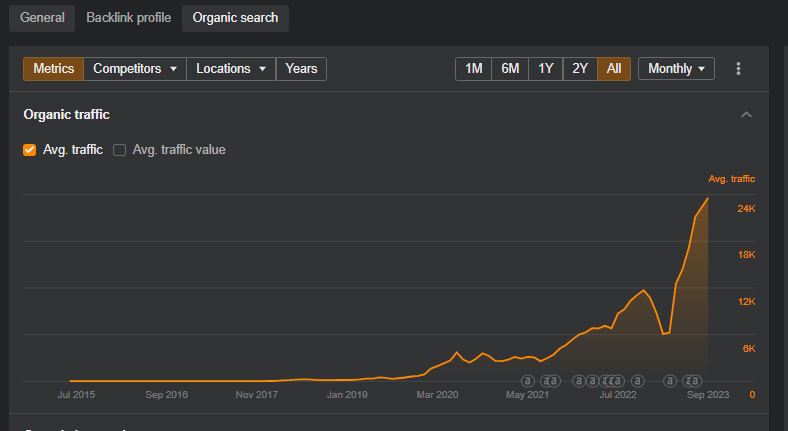Link Building Mistakes to Avoid: Common Pitfalls and How to Overcome Them
Website owners, marketers, and link-builders share the same goal of acquiring premium-quality links. It helps them to increase search visibility, get more traffic, and increase overall authority.
Of course, building links isn’t a piece of cake, especially for those who are just starting out, lack experience, or haven’t been around in the industry for much time. Because the link-building realm is challenging with no room for mistakes. Like declining site traffic, a drop in SERP rank, or worse, Google penalizing a site.
So, it’s essential to know about these common link-building mistakes beforehand. Speaking of which we have you covered in this blog. We’ll talk about common link-building mistakes so you don’t become the unfortunate victim of any of their consequences. So, let’s begin.
Not focusing on Search Intent and On-page SEO
Imagine a scenario where a user is landing on your website through a backlink. But what they come across is not very impressive. The content doesn’t satisfy their search intent, and there are noticeable on-page SEO issues, too. All of these elements contribute to delivering a not-very-impressive user experience to them. And as a result, they back away and jump out of your webpage. Sad, right?
This is what happens when site owners only focus on building backlinks and not on the power duo of search intent and on-page SEO. And this is one of the most common strategic link-building mistakes. In case you don’t know, this ongoing year, SEOs around the world are prioritizing search intent more than anything.
In 2022, Statista conducted a survey among SEO professionals around the world to find out their priorities for 2023. It was revealed that 10.4% of respondents stated that search intent was their planned priority for the upcoming 12 months. In addition, on-page factors followed with 9%, while link-building was in the fifth spot with 8.2% of respondents.
Keeping a laser focus on these two foundational things brings so many issues and bottlenecks to the surface. And this saves you from a lot of trouble. For instance, you’re missing out on many keyword opportunities, or your existing content isn’t satisfying the user intent, or you need to do an SEO audit. These issues can collectively affect your effective link-building goals.
The Fix
- Perform a comprehensive SEO audit first and resolve the issues you find out. Look out for the missing keyword opportunities and include them in your target pages.
- Develop a deep understanding of the search intent/keyword intent of your target audience.
- Check out who’s currently ranking in your niche with the most number of referring domains, analyze their content, and aim to create something better than that.
- Every content piece you create, make sure it reflects your expertise on the subject matter. In case your existing pieces don’t touch the benchmark, it’s time to build a new content strategy.
Not creating Linkable/Linkworthy Content
Sites without outstanding content will always struggle to land premium-quality backlinks. It’s a no-brainer that the content piece with a plethora of useful, hard-to-find information will be noticed first in comparison to some mediocre, cliched, and run-of-the-mill content. Your target audience is smart and they won’t keep tabs on you if they figure out your content is nothing special or unique.
The Fix
- Always prioritize creating linkable/link-worthy content. It should be of premium quality and exceptionally outstanding that others can’t resist linking to it.
- Create case studies, industry analyses, statistics pages, reports, guides, and other types of long-form content.
- Garner information from publically available data and other online sources. Go above and beyond your limits to collect information.
- Focus on providing unique value to your target audience.
For more information, you can check out our blog on how to create link-worthy content.
Buying Links
There are times when link-building campaigns fail to land a considerable amount of backlinks or any backlinks at all. In times like these, the idea of buying links seems appealing and convenient, and some marketers do end up doing that. But, there’s zero guarantee it will bring back any benefits. On the contrary, not only will it count as using a black hat SEO tactic, but it will also increase the chances of Google penalizing your site.
The Fix
- Read the link spam policy of Google, and avoid every practice that involves buying links or exchanging products/services for links.
- Always prioritize organic link-building and stick to white hat practices.
- It’s okay to avail the services of link-building agencies and professionals in the industry. They earn backlinks for their clients through organic methodologies and well-written content.
Building many backlinks via Shady Tactics
Some SEOs only focus on getting hundreds of backlinks in a short period of time. In order to achieve their target, they use manipulative practices to inflate the backlink count as soon as possible. This is downright wrong!
It is a fact that Google is cool with people building hundreds of backlinks in a few days as long as they’re using the proper methods to achieve them. If that’s not the case, the algorithm will simply ignore those links or penalize them. In this search central video, Mueller said:
“So it is not so much the number of links and the time you are talking about. It is more the type of links you are building and the type of link building you are doing in general. If you are dropping links on random sites, if you are buying links if you are exchanging links using some weird link network. All of those things would be against our guidelines which would perhaps result in 200 links being built in two days. And since our webmaster guidelines, we try to catch those algorithmically and ignore them. And we do, from time to time, try to look at these things from a manual point of view, and we may take manual action.
So really, it is not the number in the period of time, it is really the type of activity instead.”
The Fix
- Focus on the quality of links rather than the quantity.
- Always prioritize keeping the natural backlink profile with all backlinks earned through the right means.
Ignoring Link Relevancy
this is also one of the common link-building mistakes. If a tourism website receives backlinks from sites outside its niche, like home decor and gardening, those links will simply be considered irrelevant. These types of links aren’t assigned much weight because Link Relevancy matters to Google.
Relevant links help Google understand what your content is about, and what your business offers, and discover more of your site’s pages. Simply put, getting links from the topically relevant pages may improve the rankings of the target page for the associated search terms.
The Fix
- Seek links from relevant and authoritative sites. Do some research to find out which site is ranking higher for your targeted keywords.
- Analyze the content of these sites to determine if they match the subject matter on your site.
- Examine your site’s content to figure out if it’ll be useful to users or not.
Not diversifying Anchor Texts and Sources
Using keyword-rich anchor texts may have worked in the past, but not anymore. So, if today, anyone tries to manipulate the algorithm by overusing the same anchor texts and placing them in the same sources many times, this practice won’t get them anywhere. Google will have a look at this backlink profile having the same anchor texts linking to the same sources and find it unnatural and suspicious for all the right reasons. Because it’s simply considered keyword stuffing and link spam, which can lead to penalization.
The Fix
Here’s what Google says about writing a good anchor text:
- Use a set of naturally optimized anchor texts and avoid repetition
- Build your backlinks on different sources, niche-specific sites, blogs, socials, and other platforms.
- This way you’ll be able to create a natural backlink profile that will be noticed by the algorithm.
Not performing Outreach in the right way
Many SEOs in the industry do not pay much attention to writing attention-grabbing outreach emails. They downplay its significance and don’t put much effort into them. Using a cookie-cutter formula, they always write an email like,
Hey, I found your site, and this is crazy
Your post has a missing link
So link us, maybe!!
This won’t work. Emails like that will end up in the trash only or simply get ignored. Sad, but true.
Remember site owners receive a plethora of outreach emails on a daily basis. Only incredibly written, intriguing, and genuine emails catch their eye.
The Fix
- Be thoughtful in everything you say and deliver. Be as genuine as you can be.
- Start with a nice greeting, address by their names, directly get to the point, and highlight what value your content piece offers to them and their audience. It ends on a nice note.
- Send follow-ups if you feel like there’s a need but don’t be too insistent in any way.
Have a look at how Tim Soulo from Ahrefs writes his outreach emails, so cool!
Here’s another interesting outreach email written to Brian Dean.
Ignoring Local SEO and Geo-targeted Link-building
When it comes to enhancing local search visibility, local SEO and geo-targeted link-building go hand-in-hand. And still, most companies miss out on it, which is, of course, a grave mistake.
Combined together, they help you draw the attention of the target audience and acquire more conversions. For instance, if there’s a website for a thrift shop in Seattle, and currently, they’re only delivering to Seattle, in that context, optimizing it for the local search and getting links from other ecommerce stores, review sites, and influencers in Seattle will be beneficial. This will help Google algorithms understand the site’s geo-targeting efforts and rank it for geo-specific niche search queries and general keywords.
The Fix
- Do an SEO audit of your site and incorporate SEO keywords into your content and landing pages. This will increase your site’s visibility in local search results and get you more leads and conversions.
- Also, build citations and get listed in all the local directories.
- Focus on receiving geo-relevant backlinks from local sites, blogs, directories, and listings.
- In case you’re serving multiple regions, you can simply focus on getting backlinks from more than one region and plan your strategy accordingly.
Building only Do-follow Links
It is a fact that many SEOs still don’t count no-follow links or give them the deserved attention. This demeanor stems from another fact that no-follow links don’t pass the page rank and link value to the target page. However, it doesn’t mean that these no-follows should be completely ignored. Because Google says:
“All the link attributes—sponsored, UGC, and nofollow—are treated as hints about which links to consider or exclude within Search. We’ll use these hints—along with other signals—as a way to better understand how to appropriately analyze and use links within our systems.”
This search central doc released back in 2019 clearly states that the no-follows, along with other links, are used to discover and crawl sites.
In addition, according to this report, 69% of the SEOs stated that they do report no-follow links to the stakeholders, while 62% of respondents revealed that “nofollow” is a part of their link target as well.
Therefore, if these professionals are including no-follows in their work process, then so should you. They matter, so you better not ignore them from now on if you’ve been all this time.
The Fix
- Include no-follow links in your backlink count.
- Along with do-follow links, it also focuses on acquiring no-follows from diverse sources.
- Having both types of links helps create the right balance, which is crucial for your link-building profile to look and appear natural to algorithms.
Reaching at the end of our list, we have excessive reciprocal link building.
Excessive Reciprocal Link-building
Reciprocal link-building is the common phenomenon in which websites link to other websites in their niche and also receive links in return without a formal arrangement or request. The organic process positively impacts the site’s SEO and also elevates its authority.
Ahrefs performed a study in which 112,440 top-ranking pages were analyzed. And, it was found that almost half of the total pages have some reciprocal links. Then how can it be a mistake?
Reciprocal link-building isn’t acceptable if it involves manipulation or is done excessively with shady tactics. Like, if someone’s going around reaching out to other website owners saying, “Will you link to me if I link to you?”, this will definitely not work. It can lead to unpleasant consequences like causing detrimental effects on your credibility or receiving a bunch of toxic backlinks. Therefore, it’s recommended never to opt for excessive reciprocal link-building with manipulative practices.
The Fix
- Prioritize doing reciprocal link-building in a natural and organic manner.
- Link out to the authoritative sites having premium-quality content. You can create a personal list and start linking out to them respectively.
- This will increase your chances of getting noticed by them and you may end up acquiring links from them in the future.
That was all the stuff on the link-building mistakes from our side. Now, it’s time for the little bonus tip on how to shortlist your link-building prospects.
Bonus Tip
- Pick one prospect from your list and perform a surface-level backlink audit using Ahrefs or any other tool to make sure it doesn’t contain a toxic backlink profile. Look out for the backlinks from low-quality, spammy, or irrelevant sites. Because, that’s also one of the link-building mistakes.
- Click on the backlink profile, and scroll to the graph to check if the link profile is declining or has been stagnant for a while. If there’s any activity of that sort, it simply means that the site is not receiving new links to grow its backlink profile. Only prospects with positive backlink velocities should make it to your final list, like this one.
- Also, check out the incoming traffic data. If you notice a permanent drop in traffic or ranking keywords, it clearly means that some dodgy stuff is going on.
- Next, check out the type of content a site is publishing. If it is unhelpful or bad quality, erase it from your potential backlink list. Then you can pick the next prospect from your list and do this little audit all over again.
Key Takeaways
Let’s now shift to reverse gear and recap the common link-building mistakes we discussed earlier.
- Jumping to building links without improving on-page SEO and understanding search intent.
- Not crafting link-worthy content.
- Purchasing links to manipulate SERP rankings.
- Choosing to build many backlinks using manipulative practices.
- Ignoring link relevancy while building links.
- Not having a variety of anchor texts and sources.
- Doing not a very good job at outreaching prospects.
- Avoiding the significance of Local SEO and geo-targeted link-building.
- Only focusing on building do-follows and neglecting no-follows.
- Opting for excessive reciprocal link-building willingly.
So, that was it from our side. Hope you gained useful insights from this blog and will utilize them to perform quality link-building and get incredible results.

